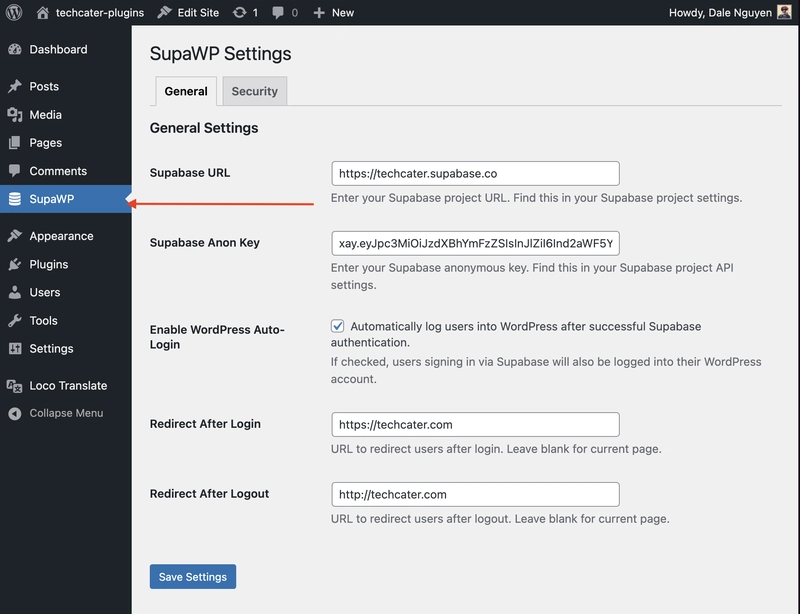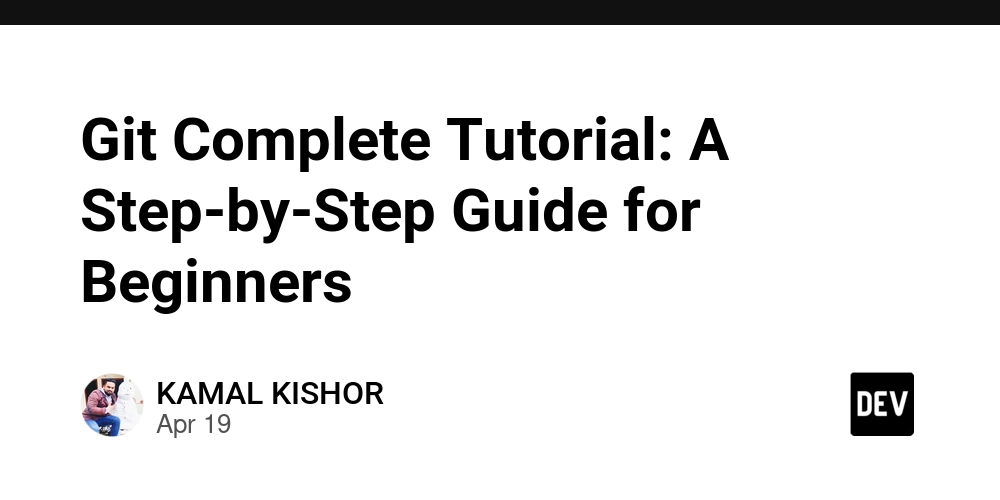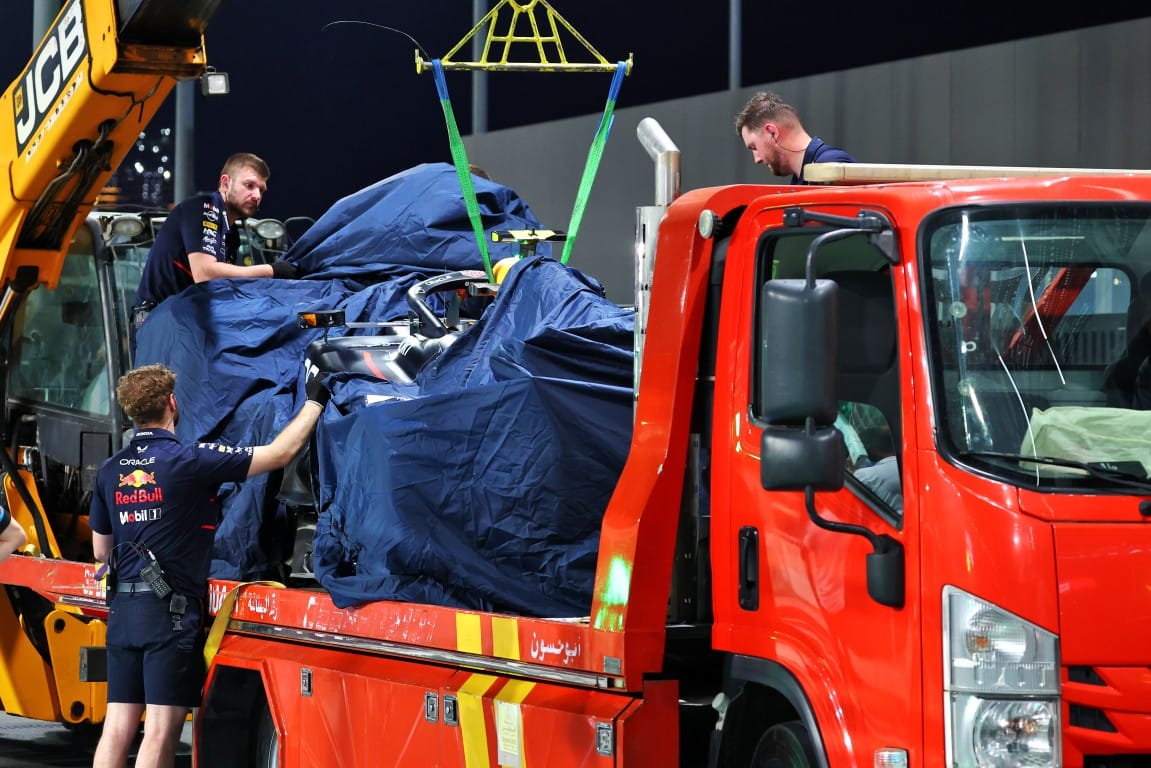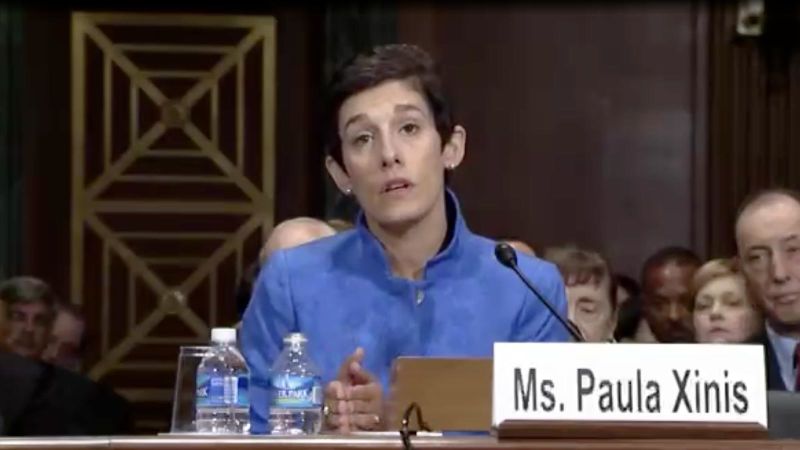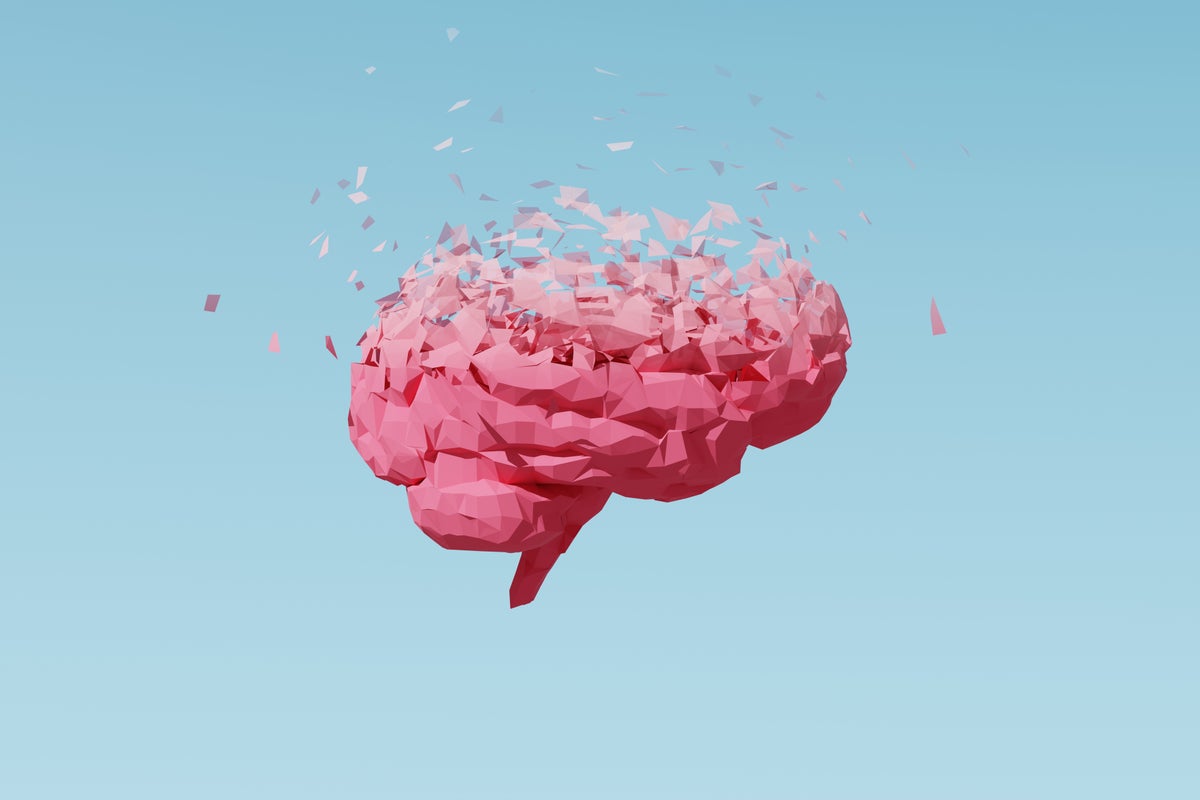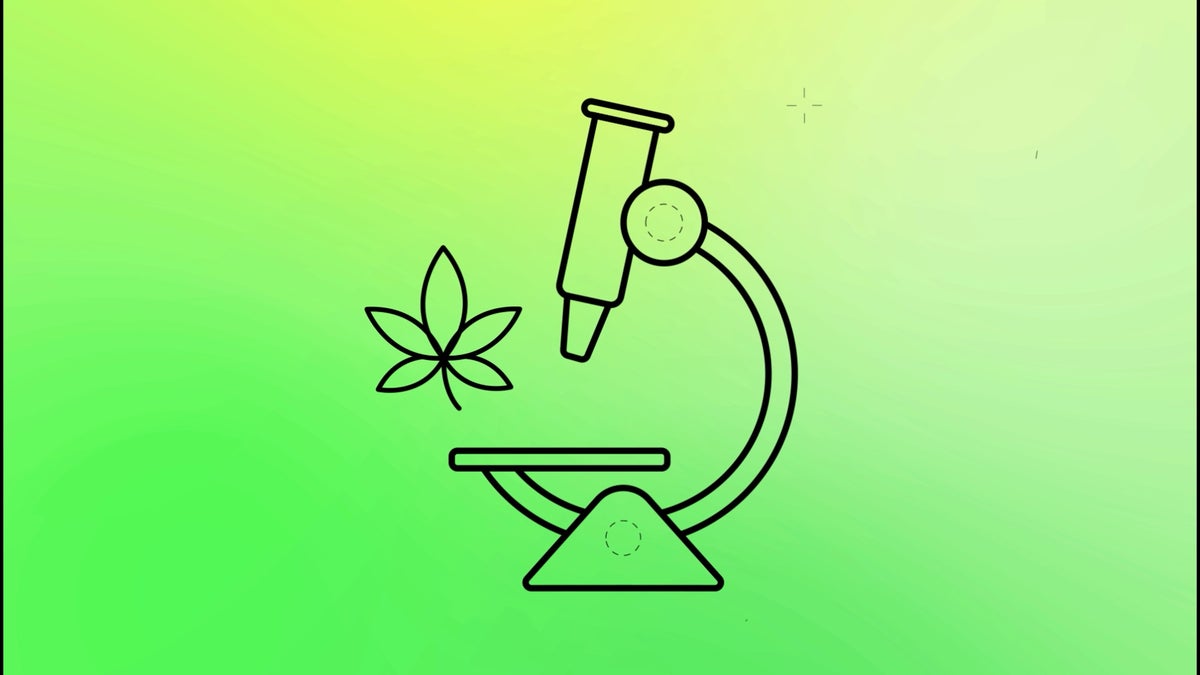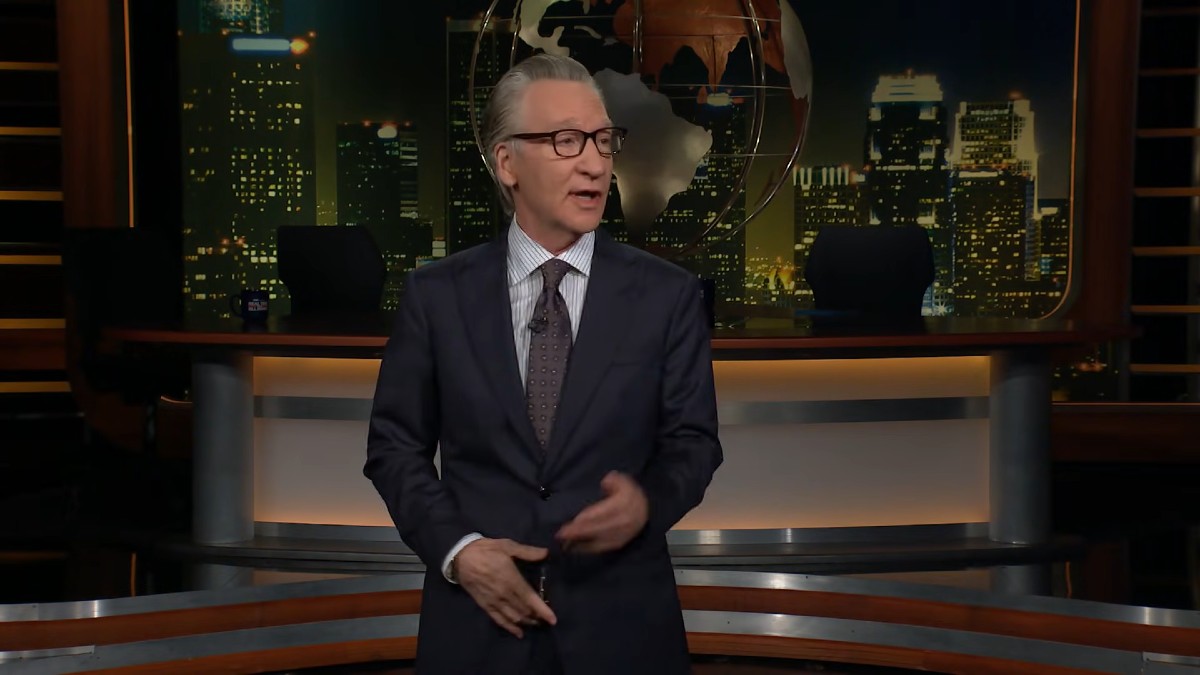NTT Research Launches New Physics of Artificial Intelligence Group at Harvard
When a parent is teaching their young child to relate to the world, they teach through associations and the identification of patterns. Take the letter S, for example. Parents show their child enough examples of the letter and before long, they will be able to identify other examples in contexts where guidance is not active; […] The post NTT Research Launches New Physics of Artificial Intelligence Group at Harvard appeared first on Unite.AI.


When a parent is teaching their young child to relate to the world, they teach through associations and the identification of patterns. Take the letter S, for example. Parents show their child enough examples of the letter and before long, they will be able to identify other examples in contexts where guidance is not active; school, a book, a billboard.
Much of the ever-emerging artificial intelligence (AI) technology was taught the same way. Researchers fed the system correct examples of something they wanted it to recognize, and like a young child, AI began recognizing patterns and extrapolating such knowledge to contexts it had never before experienced, forming its own “neural network” for categorization. Like human intelligence, however, experts lost track of the inputs that informed AI’s decision making.
The “black box problem” of AI thus emerges as the fact that we don’t fully understand how or why an AI system makes connections, nor the variables that play into its decisions. This issue is especially relevant when seeking to improve systems’ trustworthiness and safety and establishing the governance of AI adoption.
From an AI-powered vehicle that fails to brake in time and hurts pedestrians, to AI-reliant health tech devices that assist doctors in diagnosing patients, and biases exhibited by AI hiring screening processes, the complexity behind these systems has led to the rise of a new field of study: the physics of AI, which seeks to further establish AI as a tools for humans to achieve higher understanding.
Now, a new independent study group will address these challenges by merging the fields of physics, psychology, philosophy and neuroscience in an interdisciplinary exploration of AI’s mysteries.
NTT proposes AI trust and safety
The newly-announced Physics of Artificial Intelligence Group is a spin-off of NTT Research’s Physics & Informatics (PHI) Lab, and was unveiled at NTT’s Upgrade 2025 conference in San Francisco, California last week. It will continue to advance the Physics of Artificial Intelligence approach to understanding AI, which the team has been investigating for the past five years.
Dr. Hidenori Tanaka, who has a PhD in Applied Physics & Computer Science and Engineering from Harvard University, will lead the new research group, building on his previous experience in NTT’s Intelligent Systems Group and CBS-NTT’s AI Research program in the physics of intelligence at Harvard.
“As a physicist I am excited about the subject of intelligence because, mathematically, how can you think of the concept of creativity? How can you even think about kindness? These concepts would have remained abstract if it were not for AI. It’s easy to speculate, saying ‘this is my definition of kindness,’ which isn’t mathematically meaningful, but now with AI, it's practically important because if we want to make AI kind, we have to tell it in the language of mathematics what kindness is, for example,” Dr. Tanaka told me last week on the sidelines of the Upgrade conference.
Early on in their research, the PHI Lab recognized the importance of understanding the “black box” nature of AI and machine learning to develop new systems with improved energy efficiency for computation. AI’s advancement in the last half decade, however, has evoked increasingly important safety and trustworthiness considerations, which have thus become critical to industry applications and governance decisions on AI adoption.
Through the new research group, NTT Research will address the similarities between biological and artificial intelligences, thus hoping to unravel the complexities of AI mechanisms and building more harmonious fusion of human-AI collaboration.
Although novel in its integration of AI, this approach is not new. Physicists have sought to reveal the precise details of technological and human relationships for centuries, from Galileo Galilei’s studies on how objects move and his contribution to mechanics, to how the steam engine informed understandings of thermodynamics during the Industrial Revolution. In the 21st century, however, scientists are seeking to understand how AI works in terms of being trained, accumulating knowledge and making decisions so that, in the future, more cohesive, safe and trustworthy AI technologies can be designed.
“AI is a neuronetwork, the way it’s structured is very similar to how a human brain works; neurons connected by synapses, which are all represented by numbers inside a computer. And then that’s where we believe that there can be physics… Physics is about taking anything from the universe, formulating mathematical hypotheses about their inner workings, and testing them,” said Dr. Hanaka.
The new group will continue to collaborate with the Harvard University Center for Brain Science (CBS), and plans to collaborate with Stanford University Associate Professor Suya Ganguli, with whom Dr. Tanaka has co-authored several papers.
However, Dr. Tanaka stresses that a natural-science and cross-industry approach will be fundamental. In 2017, when he was a PhD candidate at Harvard, the researcher realized that he wanted to do more than traditional physics, and follow in the footsteps of his predecessors, from Galilei to Newton and Einstein, to open up new conceptual worlds in physics.
“Currently, AI is the one topic that I can talk to everyone about. As a researcher, it’s great because everyone is always up to talking about AI, and I also learn from every conversation because I realize how people see and use AI differently, even beyond academic contexts. I see NTT’s mission as being the catalyst to spark these conversations, regardless of people’s backgrounds, because we learn from every interaction,” Dr. Tanaka concluded.
The post NTT Research Launches New Physics of Artificial Intelligence Group at Harvard appeared first on Unite.AI.









